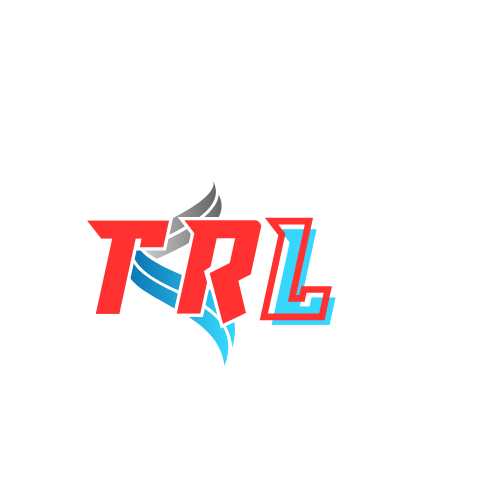
As we move into 2025, the trucking industry is poised for significant regulatory changes aimed at enhancing safety, efficiency, and sustainability. Staying informed about these updates is crucial for drivers and carriers to ensure compliance and maintain smooth operations. Here’s a comprehensive overview of the key regulations and policies that will shape the trucking landscape in 2025.
1. Speed Limiter Mandate
One of the most anticipated regulations is the Federal Motor Carrier Safety Administration’s (FMCSA) proposal to require speed limiters on heavy-duty trucks. The final decision is expected by May 2025, and the rule will likely mandate trucks to operate within a specific speed range, potentially between 65–70 mph. While some industry groups, like the Owner-Operator Independent Drivers Association (OOIDA), oppose the mandate due to concerns over traffic disruptions and accident risks, others, such as the Truckload Carriers Association (TCA), support speed limits but advocate for flexibility and regular policy reviews1.
2. Automatic Emergency Braking (AEB) Systems
The FMCSA and National Highway Traffic Safety Administration (NHTSA) are collaborating to require Automatic Emergency Braking (AEB) systems on trucks. A finalized rule is anticipated in early 2025, targeting Class 3 and larger vehicles. AEB systems are designed to prevent collisions by automatically applying brakes in emergencies, enhancing overall road safety. Fleet operators should start assessing AEB technologies to ensure their trucks meet the upcoming standards1.
3. Electronic Logging Device (ELD) Expansion
The FMCSA is revisiting its ELD regulations, which currently apply to trucks manufactured after the year 2000. Potential changes may expand ELD requirements to include trucks with pre-2000 engines. Updates may also address malfunctions, device removals, and technical specifications. If you’re driving a pre-2000 truck, it’s essential to monitor these developments and explore ELD solutions that might meet future compliance needs1.
4. Safety Measurement System (SMS) Revisions
The FMCSA is considering changes to its Safety Measurement System (SMS) to enhance carrier safety ratings. Key changes under discussion include transitioning from a three-tier rating system to a single-tier “Unfit” classification, increasing the weight of behavioral violations in categories like “Unsafe Driving,” and using roadside inspection data or CSA SMS as the basis for new ratings. These revisions aim to provide more actionable data for carriers to improve safety performance.
5. Emission Standards and Sustainability Initiatives
In 2025, new emission standards will be introduced to reduce the environmental impact of trucking operations. These standards will likely include stricter limits on greenhouse gas emissions and particulate matter, encouraging the adoption of cleaner technologies and alternative fuels. Carriers should stay informed about these changes and consider investing in eco-friendly solutions to meet the new requirements.
6. Hours of Service (HOS) Updates
The HOS rules continue to be a critical focus for the FMCSA. Key points include the 11-hour driving limit within a 14-hour window, a 30-minute break requirement after 8 cumulative hours of driving, and the 60/70-hour limit over 7/8 consecutive days. The sleeper berth provision allows for more flexible rest periods, providing drivers with greater flexibility while ensuring safety.
7. Drug and Alcohol Clearinghouse Enhancements
Fleet managers must conduct annual queries for all CDL drivers and report any drug and alcohol violations to the Clearinghouse. Starting in 2024, drivers with a “prohibited” status in the FMCSA’s Drug and Alcohol Clearinghouse will lose or be denied their state-issued commercial driving privileges. This change aims to enhance safety by preventing drivers with drug or alcohol violations from operating commercial vehicles.
Conclusion
The trucking industry is undergoing significant regulatory changes in 2025, with a focus on safety, efficiency, and sustainability. Staying informed and prepared for these updates is essential for drivers and carriers to ensure compliance and maintain smooth operations. By understanding and adapting to these new regulations, the trucking industry can continue to thrive and contribute to a safer and more sustainable future.

